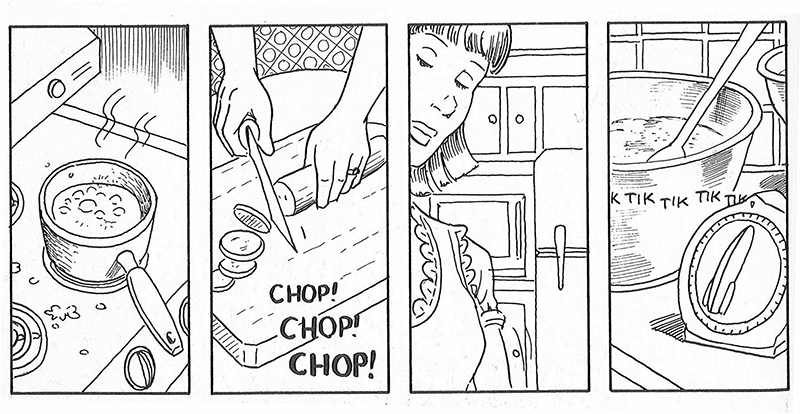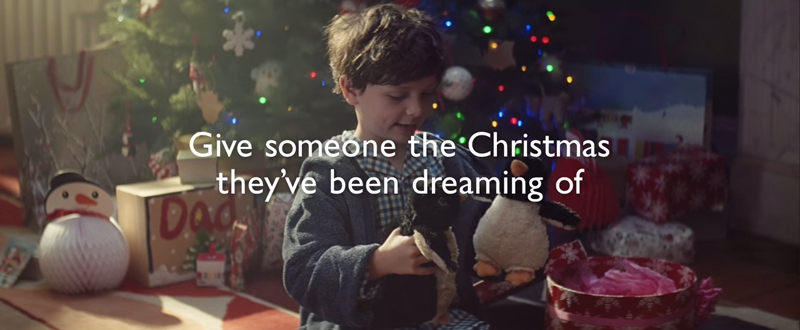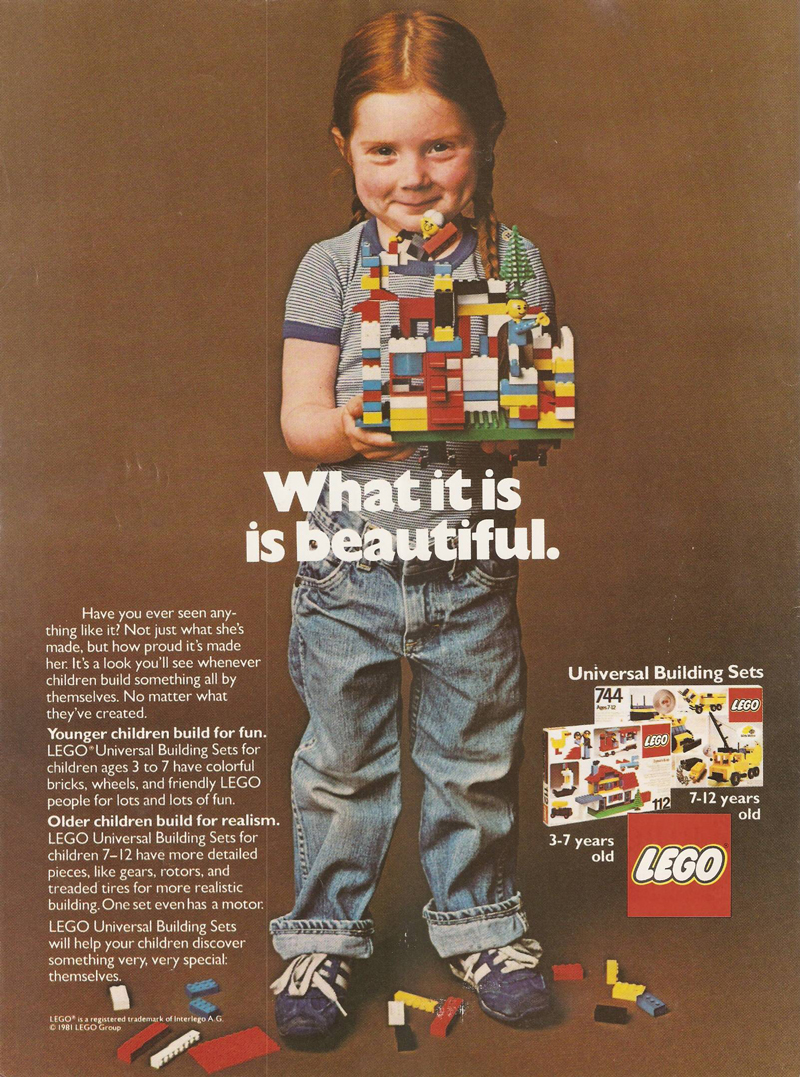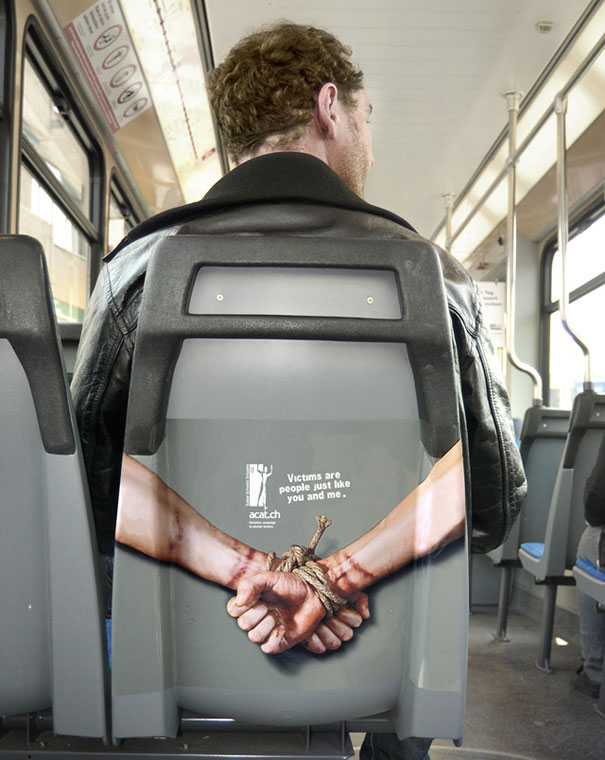
What is creative storytelling?
13th November 2014
Creative storytelling is the art of captivating people with imaginative stories using words, pictures, or other methods.
All creatives are storytellers; they just employ different media to tell their story. With Christmas fast approaching we’re about to see a veritable sleigh-load of it on TV, online, in magazines, product packaging, everywhere.
John Lewis’ Christmas adverts are a great example of creative storytelling done right. But what about when you don’t have the luxury of video to carry your message?
A good print designer needs to be able to tell a big story in a small space.
Unlike videos, static media have no ‘time’ function with which to create a narrative; just space, words, colours and pictures.
One way round this is the comic book approach – e.g. utilising sequential images to deliver a narrative without the dimension of time.

Scott McCloud has some great insights into comic narrative in his illustrated essay, Understanding Comics
Whilst this is a robust solution, it’s a little clunky. Not sufficiently economic for something like advertising, where you arguably have less than a second of a person’s time to notice, read and understand your message – and then act on it.
So what can a designer do to get their message across quickly and concisely, whilst still carrying sufficient weight and depth to endear a person to a product?
Use what already exists. Every consumer, every person has experiences. We have emotional responses to our experiences that have the power to make a designer’s job easy: if you can make a person invest in your product emotionally, they’re more likely to invest financially in what you’re offering. Your groundwork is done – people’s emotional experiences already exist, you just have to reawaken those emotions in your customers when selling your products.
You don’t need 2 minutes of video showing the girl building the Lego, the image has already told the story – from the scattered bricks on the floor to the proud, beaming face that says she built it herself. I’m thrown right back to my childhood when I look at this – it isn’t a brand story lost in a beautiful, slow-panning backdrop, this is a personal story that defines a single, clear emotion, and draws you right in.
Imagery needs to be relevant to be effective – and relevant to the brand you’re advertising, as well as the target demographic.
Emotional storytelling is not just a case of cute kids and special moments. I’d say it’s probably risky to slather photos of tattooed, punk-haired teens all over an advert for, say, pensions, as it’s unlikely that you want to create feelings of excitement and risk for someone looking to cash in their pension. You might not get great return on your advertising.
Saying that, I do think it’s possible that we’re too conservative with our images sometimes. Having previously worked in investment I know people who get a real kick – and make serious money – out of high-risk financial investments. Most of them aren’t punk-haired tweens, but I wouldn’t rule out punk shots for an investment bank – not because of the age or demographic of the photographic models, but because of the feeling of risk, power and excitement that the image incites.

That shirt.
Likewise, imagery doesn’t have to be everything. Creative storytelling is about using your given space to maximise efficacy. Think about your media – why a poster? Why not a standee, or an interactive display? What is the best possible medium for displaying this specific message? Obviously there is a budgetary element to all of this, but get in touch with local printers – there are probably display techniques you’ve never even thought of – why not branch out?
Ultimately, good creative storytelling is about understanding your brand, and their target market.
Communications don’t necessarily have to be demographically relevant, but they should be emotionally relevant. Creative storytelling should also be cohesive: your story and your message need to be channelled using every element of your medium. Colour, tone of voice, images, use of space, texture – every one of these things need to adhere to the point you’re making. This keeps your message strong, direct, and consumable in an instant.
Next time you design a piece of marketing, look at every element on the page, and the medium itself. Does it all give the right emotional message? Is it on-brand? Are you convinced by the emotional message?





